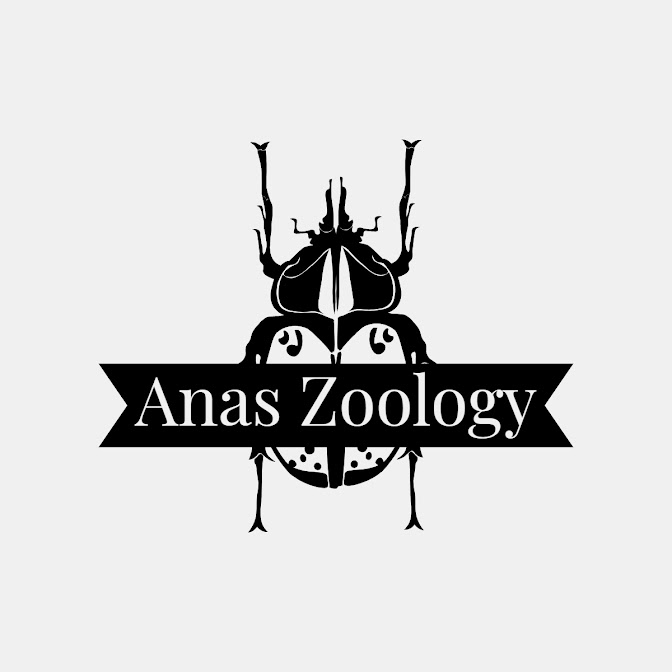Endoplasmic Reticulum

Endoplasmic Reticulum (ER) Endoplasmic Reticulum (ER) is a system of sac like structures and tubes found in all eukaryotic cells. They are known as sarcoplasmic reticulum in skeletal muscles, Nissl granules in neurons and myeloid bodies in retinal pigment cells. They are absent in RBCs, eggs and embryonic cells. Endoplasmic Reticulum arise by evagination of nuclear membrane. Endoplasmic Reticulum have three parts: Cisternae: It is a sac like, parallel tubules having ribosomes on their surface. It is unbranched. Tubules: It is tube like, irregular, branched and without ribosome. Vesicles: They are round or spherical, without ribosomes Parts of Endoplasmic Reticulum . There are two types of endoplasmic reticulum Rough Endoplasmic Reticulum (RER): They have ribosomes on their surface. The 60S unit of ribosomes are attached to the ER by means of a protein ribophorin I and ribophorin II. Number of cisternae and tubules are more. They are abundant near the nuclear membrane. ...






